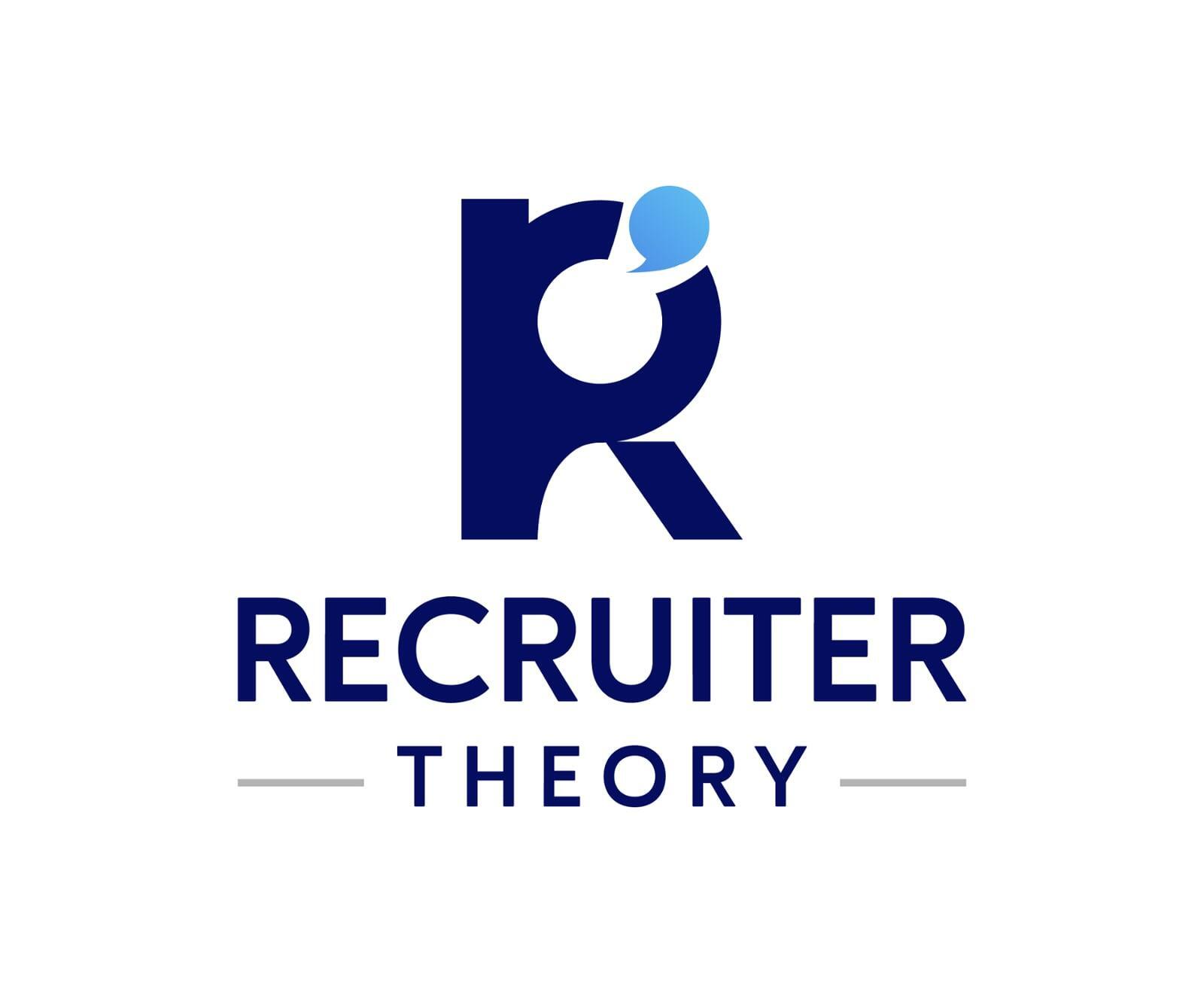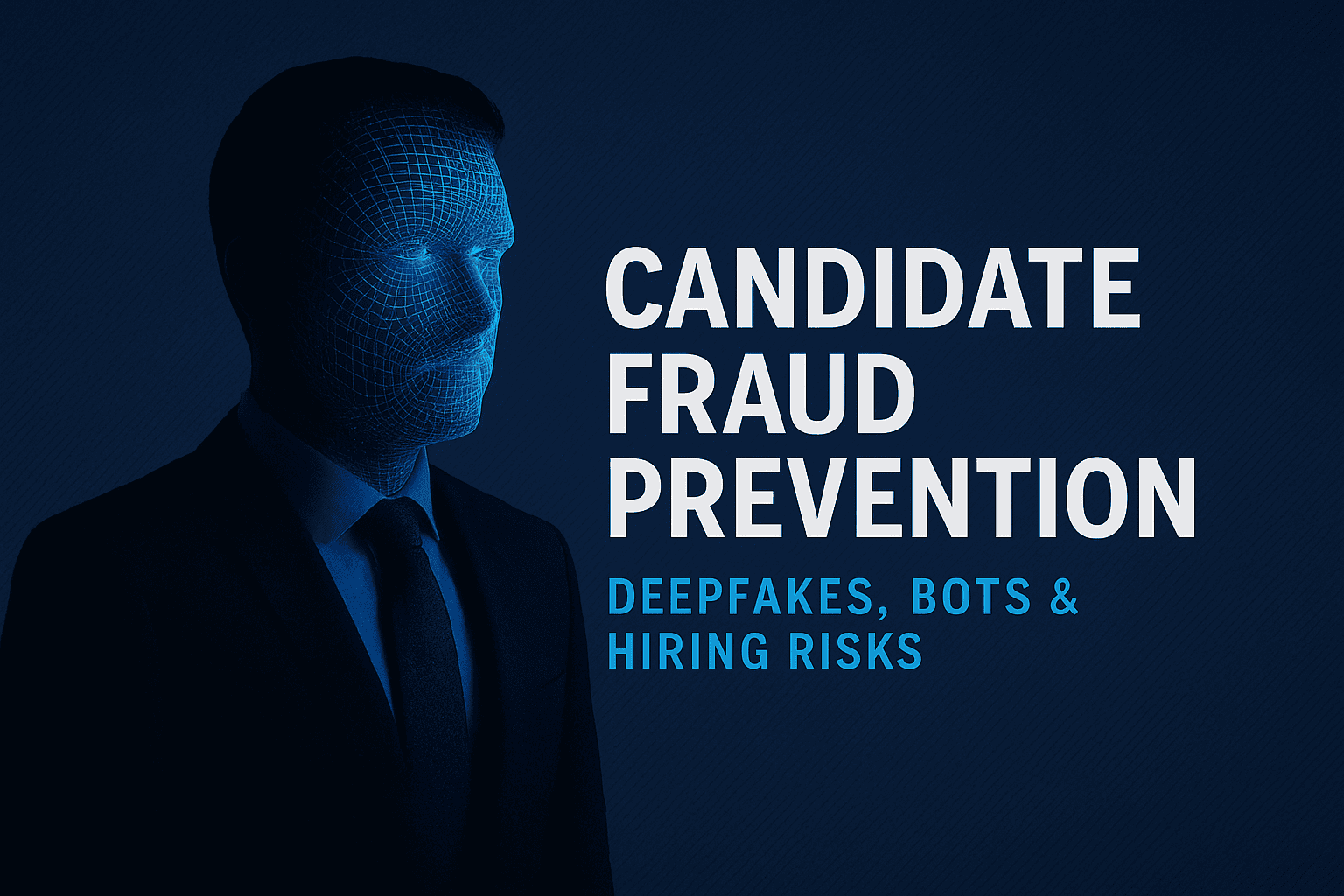
The Rising Tide of Candidate Fraud
- In a recent cyber incident, a major tech company interviewed what seemed to be a highly qualified engineer who participated in a video call using a deepfake version of another individual's face and voice. ("Deepfakes and impostors: the brave new world of AI jobseeking", 2025) Remote work and digital hiring offer fertile ground for sophisticated fraud like this. AI-generated profiles, deepfakes, and proxy interviews are now alarmingly common.
- Industry analysts are sounding the alarm: by 2028, a quarter of candidate profiles could be fake. ("By 2028, 1 in 4 candidate profiles will be fake, Gartner predicts", 2025) The data is clear—if you are not already thinking about fraud prevention, now is the time.
- Fraudsters are slipping into your pipeline with fake IDs, AI-generated credentials, and deepfake interviews.
Common Fraud Tactics & Red Flags
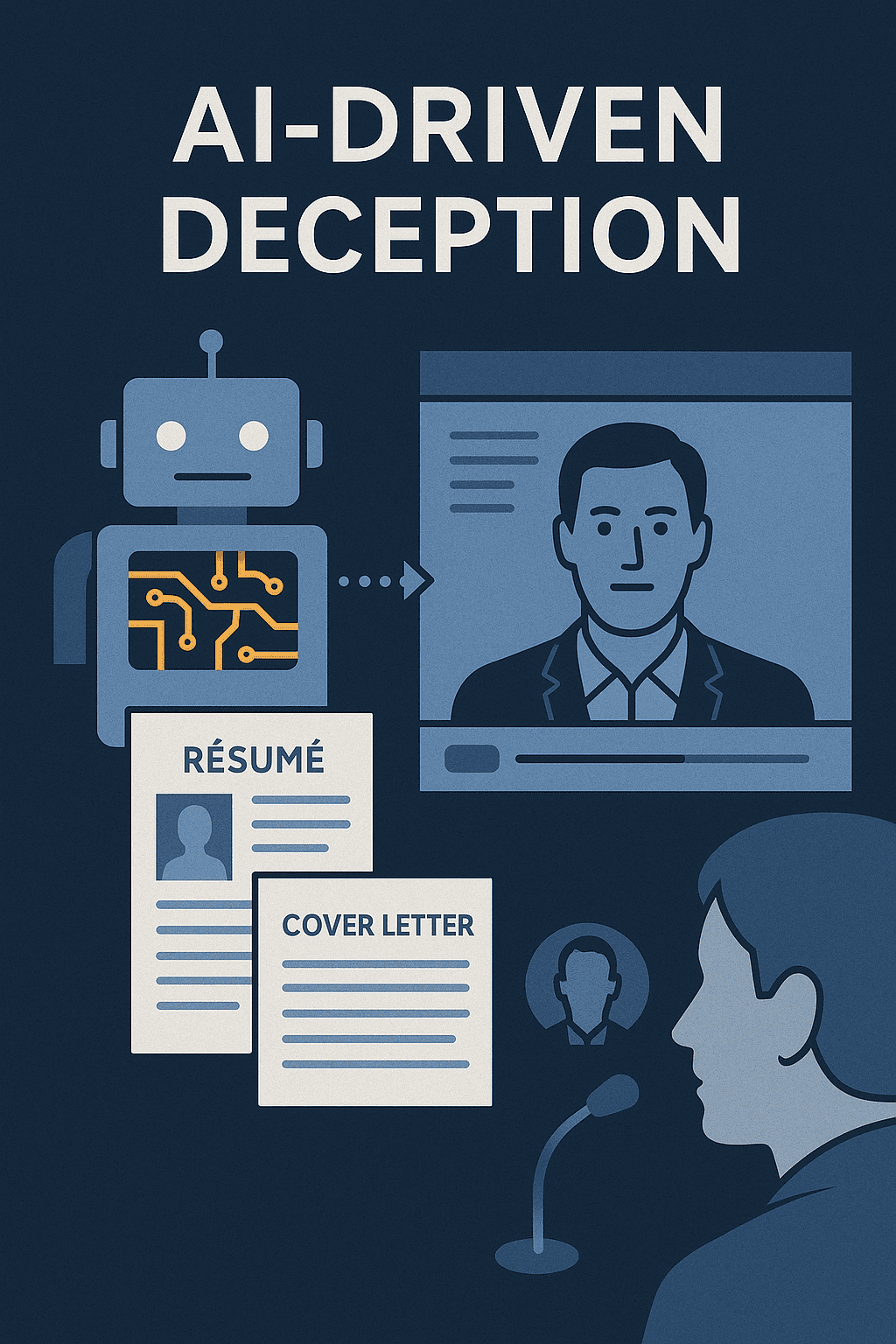
AI-Driven Deception
- Fraudsters are using AI to write resumes and cover letters that slip right past your ATS.
- Deepfakes can copy faces and voices, and sometimes a proxy is answering your interview questions instead of the real candidate.
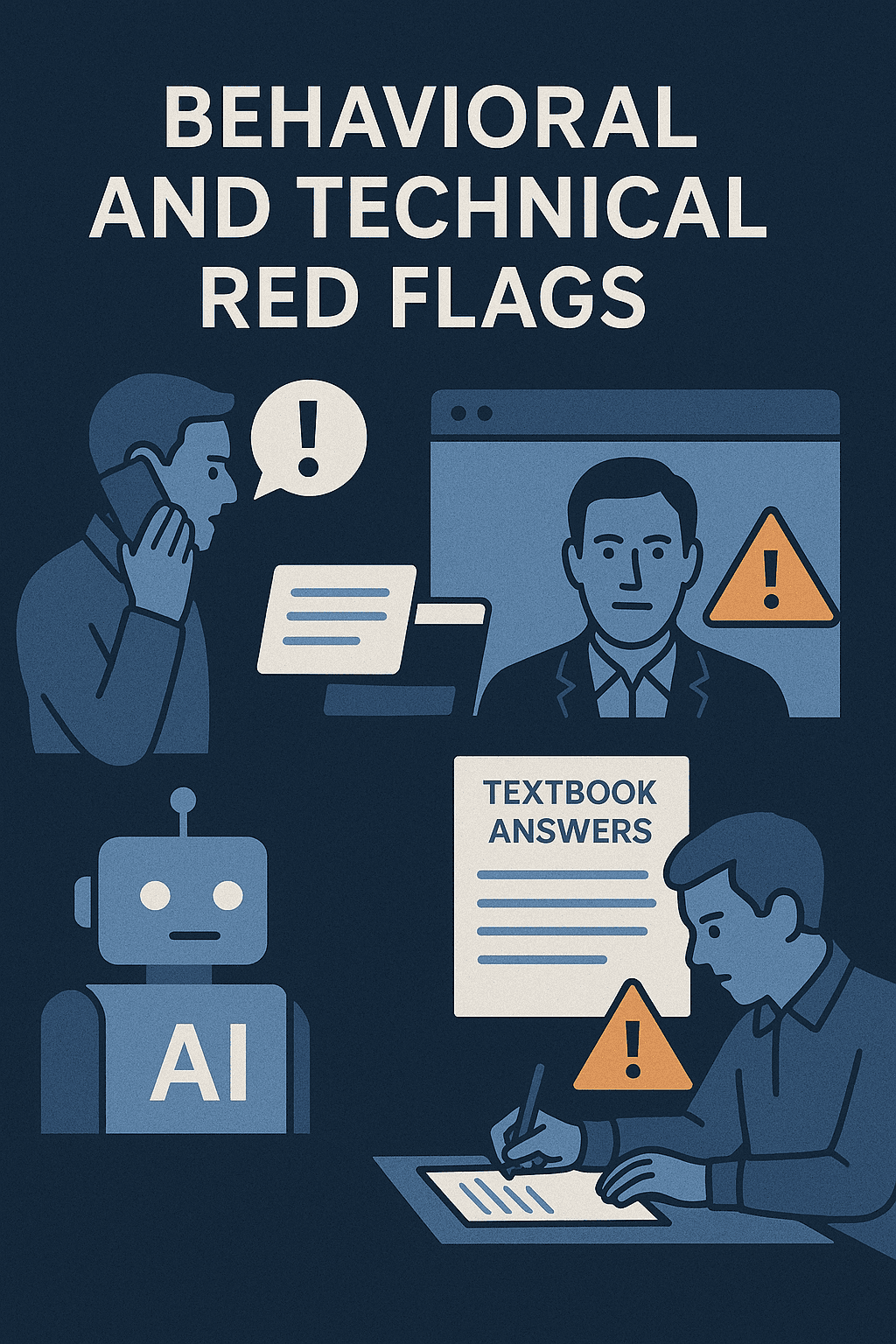
Behavioral and Technical Red Flags
- Watch for candidates who dodge video interviews with sketchy excuses or suddenly want to switch to phone or chat only. That is a red flag.
- If you are getting canned, textbook answers with no real depth, it could mean the candidate is leaning on AI or outside help.
- A resume that shines but falls apart in a live code test or problem-solving session? That is a classic warning sign.
Consequences of Hiring Fraudulent Candidates
Some fraudulent candidates even facilitate ransomware attacks, demanding large payouts to restore access to compromised systems. In one case, a financial services firm hired a seemingly qualified IT specialist without thorough vetting. The new hire introduced a virus into their internal network, forcing the company to halt operations, address the breach, and invest heavily in cybersecurity measures.
The risks aren’t just technical. Reputation and compliance are also on the line. Cutting corners on vetting or verification can result in regulatory violations, privacy breaches, and a loss of trust that’s difficult to recover.
Mitigation Strategies and Best Practices
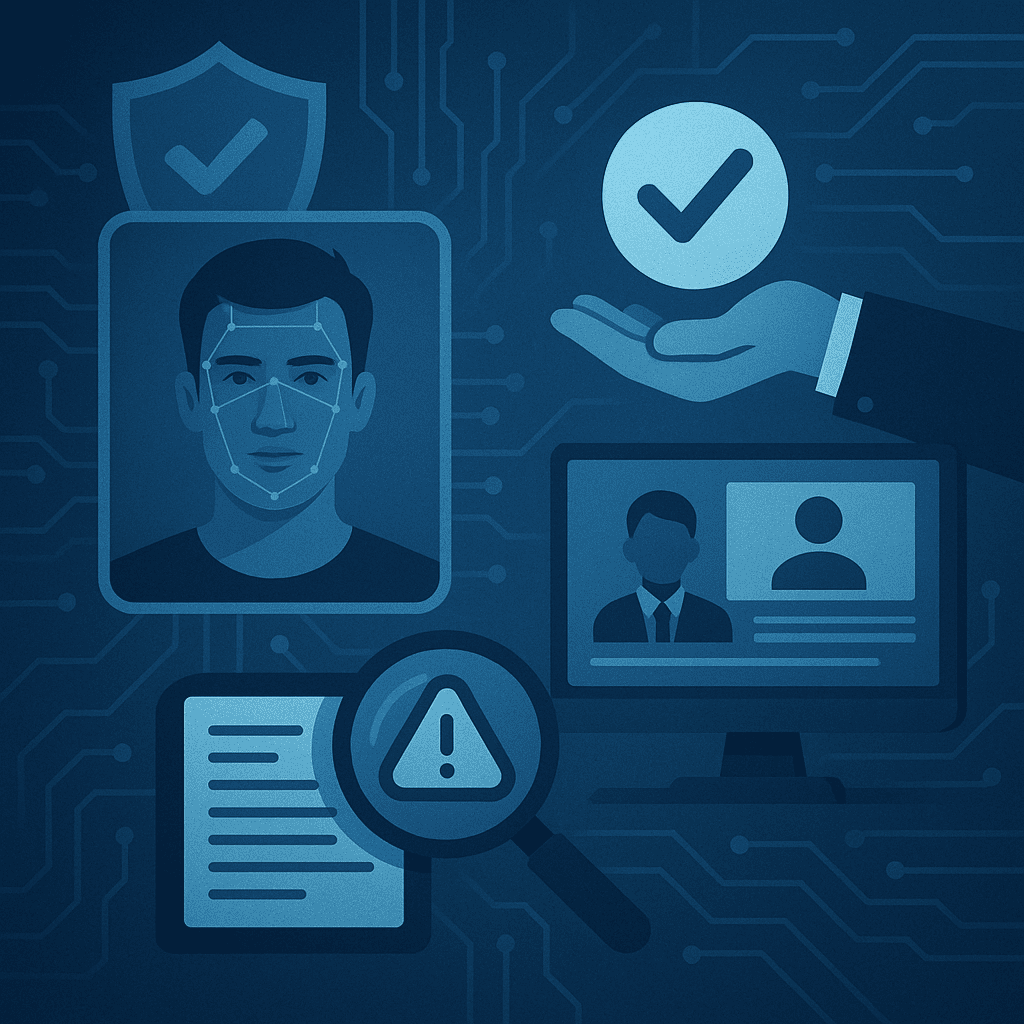
Verification & Technology
- Layer your identity checks. Go beyond the basics—add deepfake and biometric tools to your stack.
- Try one-way video interviews early in your process. You get a recording to verify later, and it is harder for imposters to fake it. Want buy-in? Run an A/B test: compare fraud rates before and after you add video interviews. Show the numbers and let the data do the talking.
- AI tools can spot inconsistencies in candidate answers. Use interview analytics and resume screeners to flag red flags in real time and keep your pipeline clean.
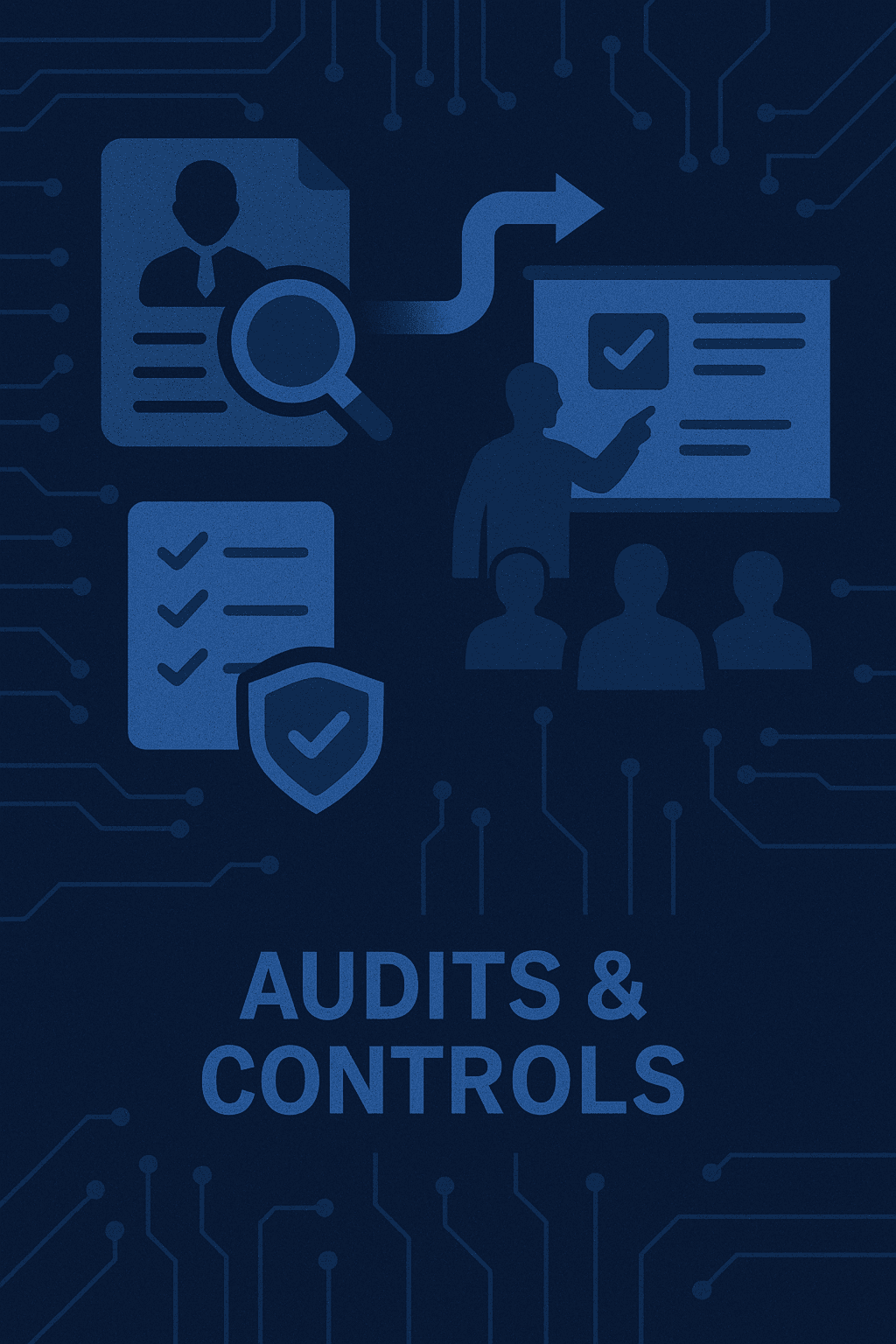
Process Enhancements & Training
- Audit your process for fraud gaps. Know where you are vulnerable.
- Train your team to spot the technical and behavioral red flags that matter.
- Stick to structured interviews and standard questions. It is easier to catch inconsistencies.
- Set up clear verification steps—centralize your job postings and candidate communications to block impersonators.
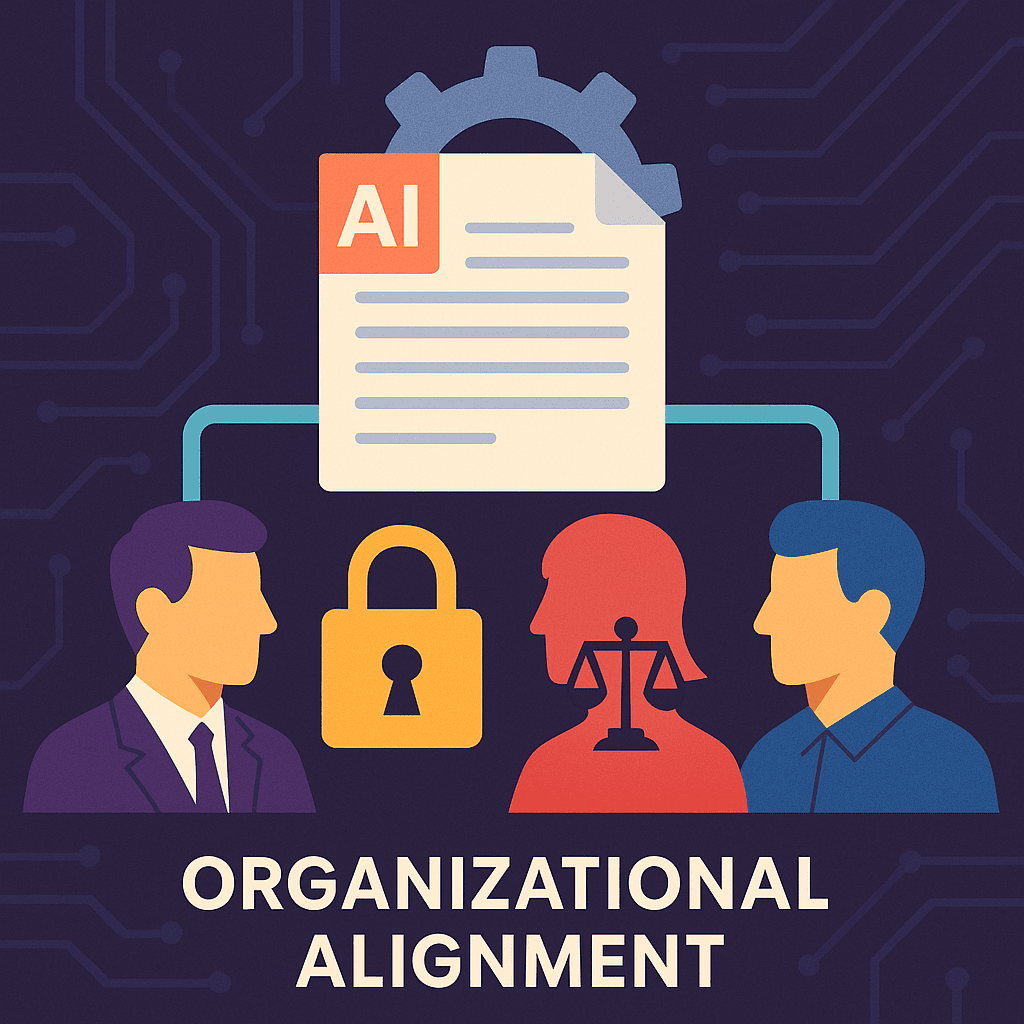
Organizational Alignment
- Get Talent, Security, Legal, and IT on the same page. Align your fraud protocols so nothing slips through the cracks.
- Double-check compliance on background checks, privacy, and hiring. When in doubt, ask your legal team.
